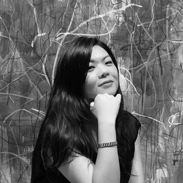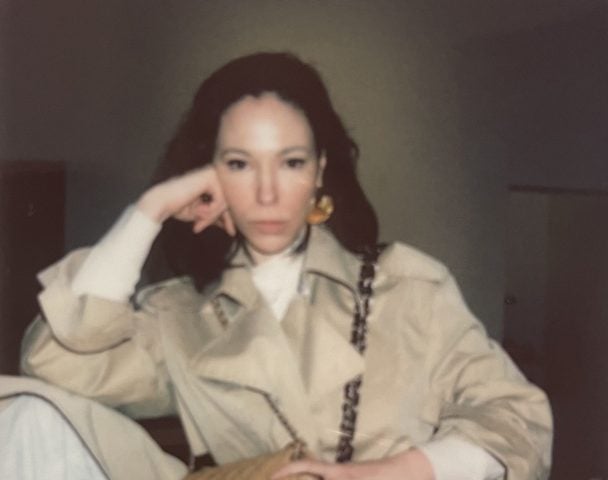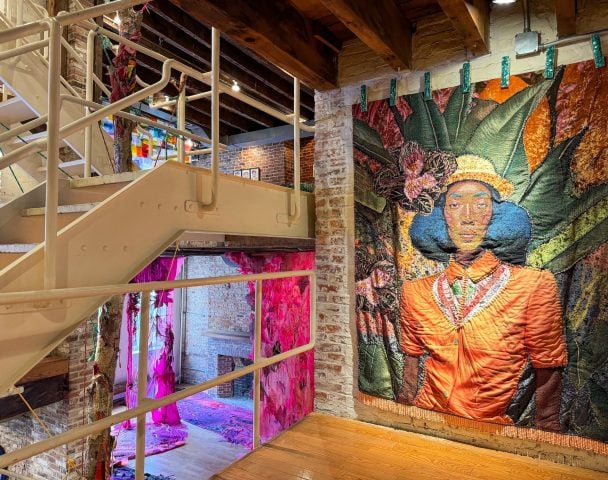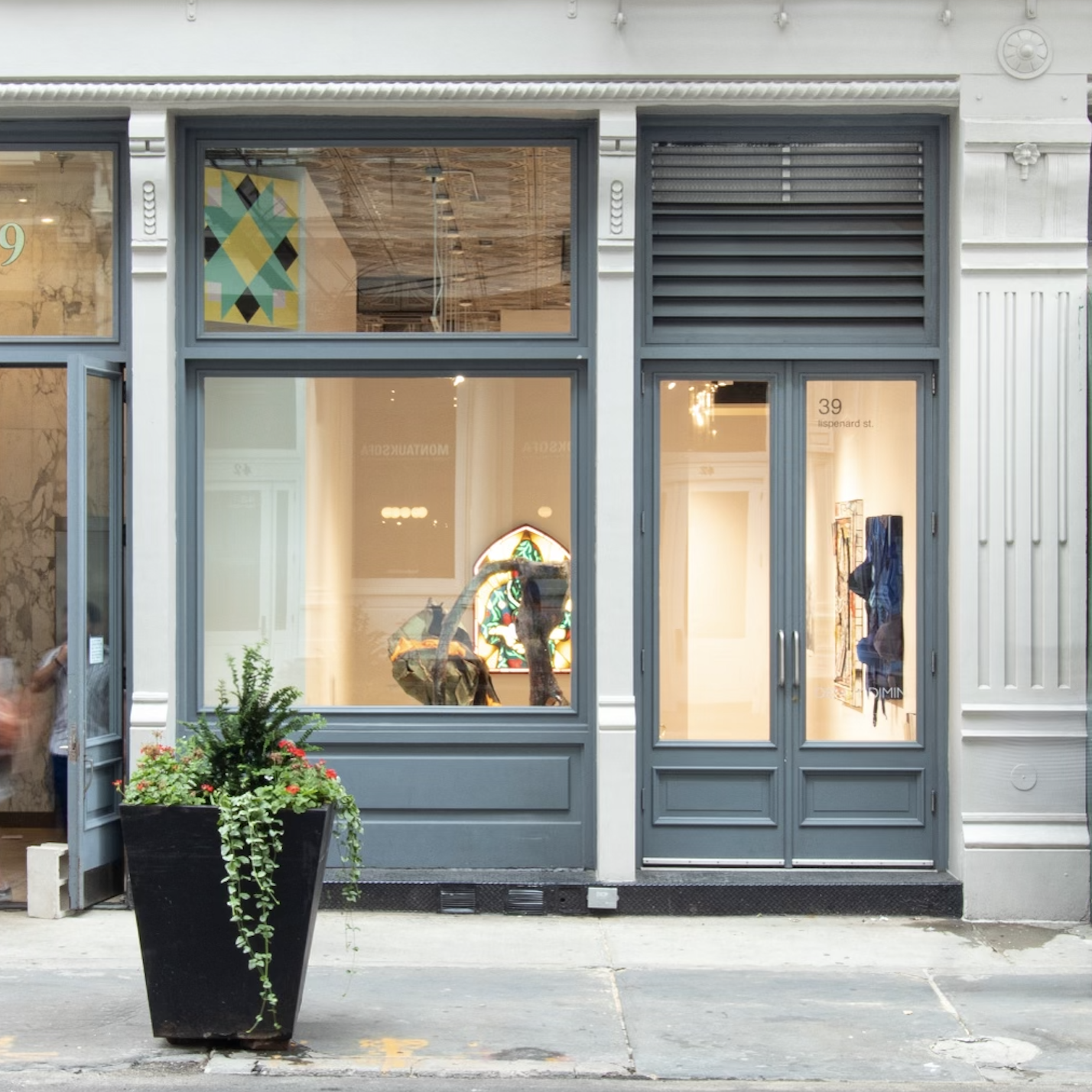Galleries
French Gallery Ceysson & Bénétière Expands to Tokyo as the City’s Art Market Heats Up
It will be the firm's eighth branch worldwide and its first in Asia.
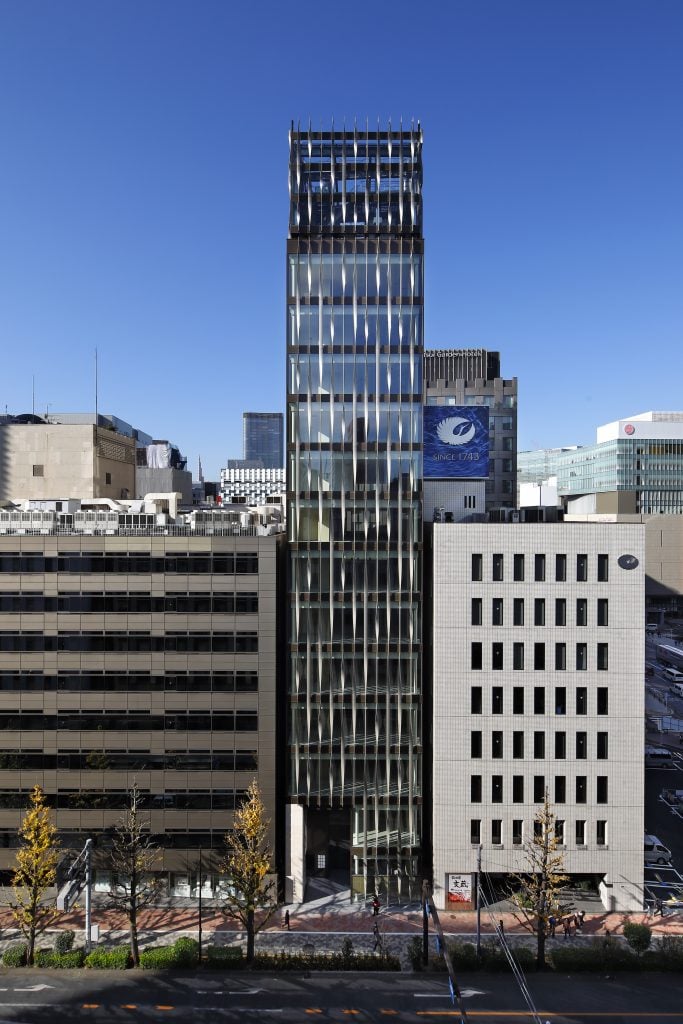
Ceysson & Bénétière will open a space in Tokyo this fall, the French gallery announced on Wednesday. Located on the eighth floor of the Cura Ginza tower in the city’s Ginza district, the 3,500-square-foot space will be the gallery’s eighth outpost and its first in Asia.
“The gallery is delighted to open in Tokyo since we really fell in love with this iconic Asian city,” Loïc Garrier, the global director of Ceysson & Bénétière, said in an email to Artnet News. “Tokyo is still a dream internationally and we have a freer field of action since only Perrotin, Blum, and soon Pace are based there.”
The new Tokyo space will be managed by Leslie You, who worked for the Mennour and Perrotin galleries before setting up her own art advisory, LYAA. The venue is being designed by architect Sophie Dries.
Founded in 2006 in Saint-Étienne, France, by François Ceysson and Loic Bénétière, and later joined by artistic advisor Bernard Ceysson, the gallery has spaces in Paris, Lyon, and Pouzilhac in France, as well as Luxembourg, Geneva, and New York.
One of the gallery’s focuses is artists involved with the Supports/Surfaces movement, which originated in the south of France in the late 1960s and early 1970s against the backdrop of civil unrest in France. Its members challenged traditional painting practices by deconstructing and re-examining its material components, freeing the medium from the confines of canvas and stretcher bars.
“It also seems logical to us to continue the exchanges started by our artists like Supports/Surfaces who have been referring to and admiring the Gutai art since the 1960s,” Garrier said.
“Tokyo is an international city,” Garrier continued. “The Ginza district is a stopping point for all travelers. Our participation in the first edition of the Tokyo Gendai fair confirmed to us that many collectors and institutions were traveling there. We had a solo show by Claude Viallat [a key Supports/Surfaces artists] and sold to Japanese but also Koreans, Chinese, and Singaporeans.”
A cultural powerhouse in Asia since the post-war period, Tokyo is home to many world-renowned artists, but despite being the center of one of the world’s largest economies, its art market remains disproportionately small. However, it appears to be making a comeback on the global art stage in recent years.
Japanese collectors have been actively bidding at auction and traveling to art fairs, and new market initiatives have been drawing visitors from abroad after the lifting of strict pandemic rules. Art Week Tokyo staged its third edition last year, which also saw the arrival of the art fair Tokyo Gendai, organized by the Art Assembly.
Other homegrown events in Japan, such as Art Collaboration Kyoto, Art Fair Tokyo, and local auctions, are stepping up their efforts to cultivate the local market. Mega gallery Pace will open an outpost designed by Thomas Heatherwick in Tokyo this spring at the new Azabudai Hills development.
Follow Artnet News on Facebook:
Want to stay ahead of the art world? Subscribe to our newsletter to get the breaking news, eye-opening interviews, and incisive critical takes that drive the conversation forward.

